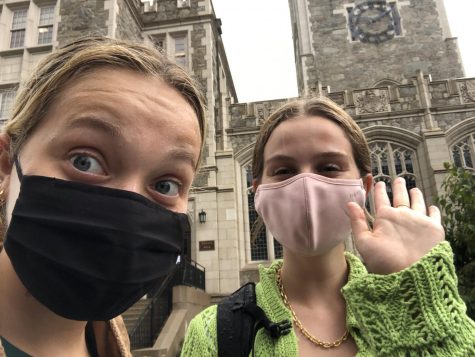Environmentally Friendly Christmas Trees
December 10, 2019
As the holiday season gets into full swing many Christmas trees are going to be bought to adorn homes all over the world. But how environmentally friendly are they? At first glance, cutting down millions of trees doesn’t seem like the friendliest thing for the earth, but it surprisingly isn’t as bad as most think. Trees that are cut down to be sold for Christmas are often grown on a farm. Trees aren’t just haphazardly cut down from forests to be sold. Farmers will work hard to grow trees to be sold for the Christmas season. A five or six foot tree takes around 10 years to grow so there is a long process. While these trees are growing they create an opportunity for absorbing carbon in the air, watersheds, and new environments for surrounding wildlife. Sometimes people buy real trees because of the smell of pine or the look of them. Also, the trees are grown on hills that aren’t suitable for other crops. Locally bought trees also benefit the environment because they aren’t being driven in from other places far away.
But Andrew Graham ’21 said he felt that “it 100% still feels like Christmas, regardless of the type of tree.” An artificial tree can sometimes be easier to have instead of cleaning up the fallen pine needles or watering a real tree. If an artificial tree is used for more than four years then the carbon footprint will be less than a real tree. Most artificial trees are made of steel and PVC and are made in China and sent to the United States. The American Christmas Tree Association said that: “Nearly 95 million U.S. households will display a Christmas tree this season (2017).” Out of those 95 million trees 81% were artificial and 19% were real. The average price of a real Christmas tree was $75 while an artificial tree costed $107. Taking into account the cost and the negatives as well as the positives when it comes to buying a Christmas tree is truly depends on what the buyer prefers. Ms. Vickrey said that “there are great arguments for either side.”
One of the main concerns when purchasing a tree is if someone purchases a fake tree, it should be reused instead of just thrown out. When thinking about the environmental impact of a real Christmas tree, it benefits the species surrounding the tree farm. But overall, Christmas trees account of 0.1% of someone’s carbon footprint. So, make sure to make a conscientious decision this holiday season.


